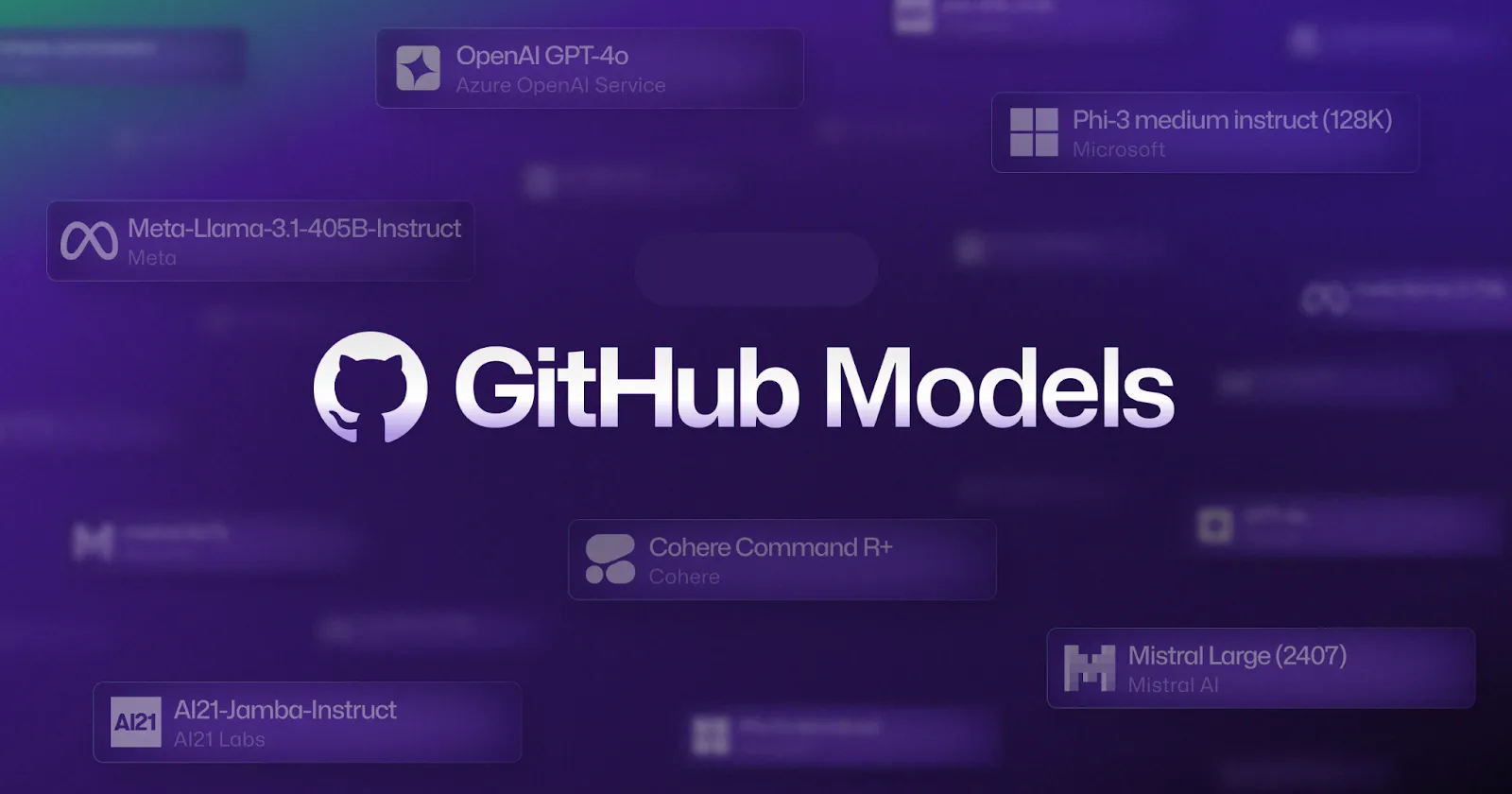Ever wondered how to explore and experiment with top AI models for free?

The AI Age is Here – Introducing GitHub Models
The AI age is in full swing, and everybody on the internet talks about AI.
Hearing all about that AI stuff, people from all walks of life want to play with AI models. However, AI models are pricey and private.
So, in order to provide everyone — right from students, hobbyists, startups, and more — the experience to work with the most popular private and open models from Meta, Mistral, Azure OpenAI Service, Microsoft, and others with just a few clicks and keystrokes, GitHub introduced GitHub Models.
And yeah, the talk of the town “Deepseek R1” is also available.
How to Access GitHub Models
To access GitHub Models, all you have to do is go to the GitHub Marketplace and select “Models.” A new window will open.
On the top left, you can find the option to select the models. Once you’ve selected the model from the dropdown menu, the Model Playground will be launched.
Voila! You can now play and experiment with your model.
As everyone says, if you want to learn something, you have to get your hands dirty. This is one of the best ways to get your hands dirty and learn about AI models.
Experimenting with Models
Let’s say while experimenting with the model’s parameters, you want to see the code — well, that’s super easy too!
Simply click on the ‘Code’ tab. You can change the programming language according to your preference.
Compare and Test Models
Wait, that’s not it.
You can not only practice and learn about a model, but you can also test and compare them.
Yes, you heard it right — you can test and compare two models side by side.
API & Integration
GitHub also offers an API that lets developers integrate these AI models directly into their own applications. Developers can use the API in a local environment or on a GitHub Codespace.
If you prefer to work within your IDE, GitHub offers the AI Toolkit extension for Visual Studio Code.
Usage Limits
Each model has a daily usage limit, which varies from one model to another. However, with plenty of models available and the rate limit refreshing daily, it’s hardly a concern.
Stay Tuned!
I’ll write a detailed blog on dev.to. Stay tuned!
This blog is part of The Azure Developer Community Blogathon.
Make sure to check it out — It’s an incredible community dedicated to helping everyone thrive.
You can also find this post on
